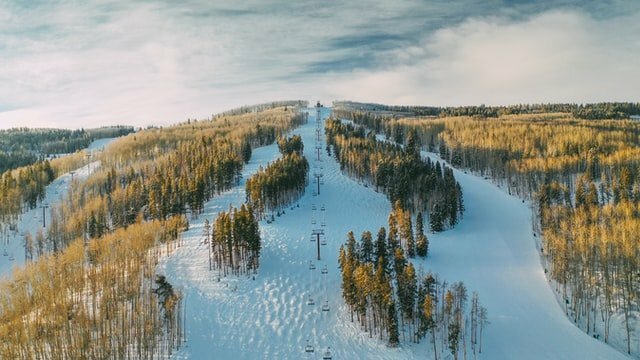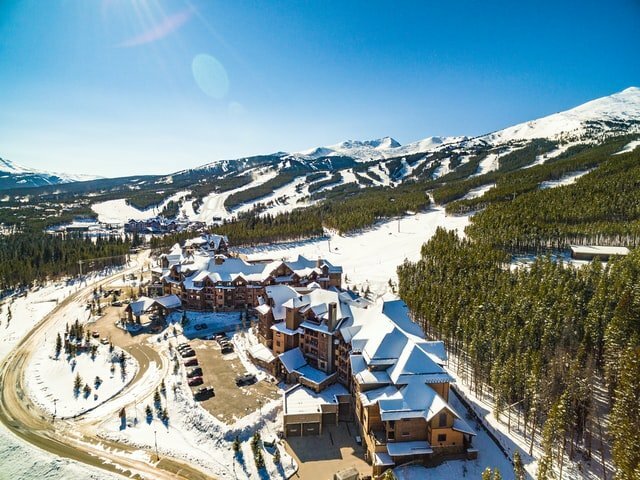
Altitude Sickness: The Truth!
Unfortunately, many of us are all too familiar with the debilitating effects of Acute Mountain Sickness (AMS). Whether through personal experience, or watching a loved one suffer the relentless headaches, nausea, vomiting, etc. It’s such a powerless situation to suffer through when you’re on vacation and supposed to be having fun.
Altitude Sickness Summit County?
It’s time to face our fears and acknowledge the high incidence of altitude sickness in Summit County. We (local business owners and residents) are not frightening prospective visitors away by doing so. With the advent of readily available and affordable oxygen concentrator rentals, we can safely and effectively mitigate altitude-related illness.
Summit & Eagle County Elevation
First, the mountain elevation within Summit and Eagle County Colorado contribute to a stronger “Lapse Rate” than competitive mountains at lower elevation. For those of you unfamiliar with the term, it surprisingly has nothing to do with how quickly one can log vert in Strava or Slopes. Rather, lapse rate refers to the meteorological principle that temperature decreases as altitude or elevation increases (check out this excellent read on lapse rate. On average for every 1000 feet of elevation gained the temperature is roughly 3.5 degrees Fahrenheit colder. On a macro-level for economies, towns, resorts, and residents…all dependent on consistent and high-quality snow in the age of climate change, an extra 1000 feet in elevation could very well be the difference between a thriving ski economy and a withering one. Now consider the micro-level, for the average ski vacationer 3.5 degrees could be the difference between rocky core shots and powdery face shots. Bottom line, Summit and Eagle County elevation and the accompanying temperatures can be the difference between a fantastic ski vacation and a disappointing one.

Summit County Lift
Summit and Eagle counties’ elevation provide a significant advantage in terms of Upward Vertical Motion (Also known as Upland Precipitation, or just plain “lift”). All of these terms refer to the snow-generating effects of hills and mountains. “Lift” occurs when air is forced to rise when it hits a mountain. The result is cooling of the air, water vapor condensing into clouds, and ultimately often, precipitation in the form of Rain or Snow. Lift is one of the primary reasons that higher altitudes tend to get more snow than lower altitudes.

Put Altitude and Bluebird Oxygen Together
Putting all this together, our high altitude means better, more consistent snow. If I were personally planning a ski vacation months in advance (like most Americans do), then you better believe I would be selecting a destination at a higher altitude. Considering the phenomenal terrain of Keystone, the back-bowls of Vail, the restaurants of Breckenridge, and the high-quality lodging options everywhere, Summit and Eagle should be top of mind for any ski vacation. Couple all of this knowledge with the documented success of using oxygen concentrators to proactively address the incidence of altitude-related illness (try for yourself and rent a concentrator here), and I’m 100% convinced that Summit and Eagle county provide one of the safest bets for a high-quality ski vacation.













